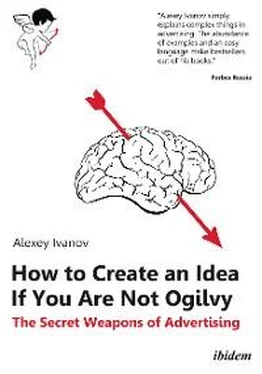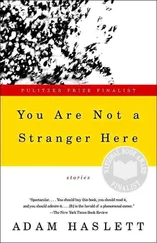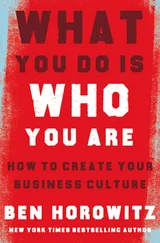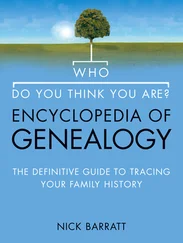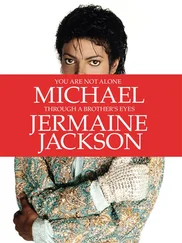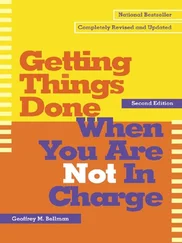As an employee in an agency creative department, you will spend most of your time with your feet up on a desk working on an ad. Across the desk, also with his feet up, will be your partner—in my case, an art director. And he will want to talk about something like… movies. In fact, talking frankly, you will spend a large part of your career with your feet up talking about movies.
The ad is due in two days. The media space has been bought and paid for. The pressure’s growing. And, meanwhile, your muse is sleeping off like a drunk behind a dumpster or twitching in a ditch somewhere. Your pen lies useless.
That’s when the traffic person comes by. They’ll come by to remind you of the horrid things that usually happen to snail-assed creative people who don’t come through with the goods on time.
So you try to get your pen moving. And you begin to work. And working, in this business, means staring at your partner’s shoes. That’s what I’ve been doing from nine to five for over 20 years. Staring at the bottom of the disgusting tennis shoes on the feet of my partner, parked on the desk across from my disgusting tennis shoes. This is the sum and substance of life at an agency. 2
In this book we will consider an alternative approach to the search for innovative ideas in advertising. Here, perhaps for the first time in epochs of advertising history there appear creative techniques that allow you to get a strong solution without sorting multiple options. These methods are discussed in detail and are analyzed and combined into a system.
The same good old trial-and-error method is the queen of the ball in the advertising industry.
Knowledge and skillful use of these techniques will dramatically increase the creative potential of people working in design and advertising. At the same time, those psychological barriers that hinder finding sharp advertising solutions are discussed and analyzed.
Chapter 1
The tool borrowed from physics
“Two things are infinite: the
universe and human stupidity;
and I am not sure about
the universe.”
Albert Einstein,
Theoretical physicist

Once, travelling on a train, I met a young man who supplied the equipment for medical institutions of the Karelia region of Russia. We had a chat. When he heard that I was creating ideas for advertising, he asked if there are special technologies in our profession.
My answer was: “If the advertiser did their homework conscientiously and studied deeply the product or service, the creative ideas show up by themselves”.
He was delighted with these words. He had attended various training sessions many times and so many times he’d heard from western and domestic gurus the profound maxim: “Be creative!” But no one had ever at least tried to explain how to be creative. It turns out that it’s simple. It is necessary to explore the advertised product inside out.
This is simple but not easy. Every day you need to gather information, pick up interesting facts, and search for numbers. It is hard, tedious, painstaking work.
But when I answered the question of my fellow traveler, I did not say everything. Special creative techniques do exist, and ad people use them.
The Polish physicist Leopold Infeld in his autobiographical writings mentions the problem that the young Peter Kapitsa once suggested to him and Lev Landau. With a serious face Kapitsa, who worked at that time in Cambridge with Rutherford, voiced this problem:
“A tin can is tied to the tail of the dog. When the dog runs, the can keeps knocking on the pavement. Question: how fast should the dog run to avoid hearing the noise of the can?”
Infeld and Landau thought for a long time.
“Do you give up?” Kapitsa asked.
“We do” the physicists admitted reluctantly.
The other scientist looked at them with a smile and gave the answer: “The speed is zero.”
What complicates the solution of such a simple task?
In the case about the dog’s tail, the speed is mentioned in its conditions. In our mind, speed is inextricably linked with movement.
In this problem, we unintentionally consider only the options that imply movement. Of course, even children are aware that a speed may be equal to zero. But it is not typical. We are so used to this idea of speed meaning movement that we veer far away from the correct answer.
That is why, in the physical sciences, an efficient and powerful method is often used. That is: go to the consideration of the limiting case3. The same method can be successfully applied in advertising.
Let’s imagine that we need to advertise a super-fast sports car. It is late autumn. A janitor rakes fallen leaves into a huge pile. A car moves nearby. What happens next? Air currents predictably raise the leaves into the air and scatter them in different directions.
The faster the sports car moves, the sooner leaves scatter and the less time we will witness the racing car in the frame. What happens in an extreme case?
Here is a nice script of the TV commercial.
The same original image. A janitor’s broom gathers a pile of yellow and red maple leaves. We hear the sound of an approaching car. It grows. We hear the roar of a powerful engine. Leaves are winged by a powerful air stream and begin a slow waltz around the roadside trees and shrubs. Because of the diminishing sound, we know that the car has rapidly moved away.
We did not have to see it.
The logo of the advertised brand and the slogan “The incredibly fast car” appears in the final frame of the spot.
In the physical sciences, an efficient and powerful method is often used. That is: go to the consideration of the limiting case. The same method can be successfully applied in advertising.
In print ads, transition to the limit is used even more often. In the next example we face the task of promoting laundry detergent that washes away any kind of dirt. What is the easiest way to detect dirty spots? On white clothes. What associates closest of all with the color white? Let’s take fresh snow. In an ideal case, dazzling clean white linen should not be visible at all on snow.
Perfect. We came to the limit. But with one problem still unsolved. The viewer had to learn somehow that something was there on the snow. What could we do?
Let’s use identification signs. Like leaves and noises in the car commercial. Here’s how it might look in a silent printed version (see Fig. 1.1.).

With kind permission of P&G and Leo Burnett Warsaw, Poland
Fig. 1.1. Print advertising of the washing powder which leaves no chances for contamination.
Rope, clothespins and shadows are our helpers in delivering the advertising message. They put all the elements of the initial idea in their own places. The layout looks very unusual, doesn’t it?
The perfect product is when the product is absent, but its function nevertheless is performed.
Identification signs may be different. For example, Russian pancakes with caviar or Japanese rolls with salmon on plates that merge with a snow-white tablecloth (see Figs. 1.2., 1.3.). Our imagination is turned on at full power and completes the missing boundaries. As a result, we get advertising of dishwasher tablets, which will give your dishes a perfect, unsurpassed cleanliness.

Fig. 1.2. Invisible plate.
Читать дальше
